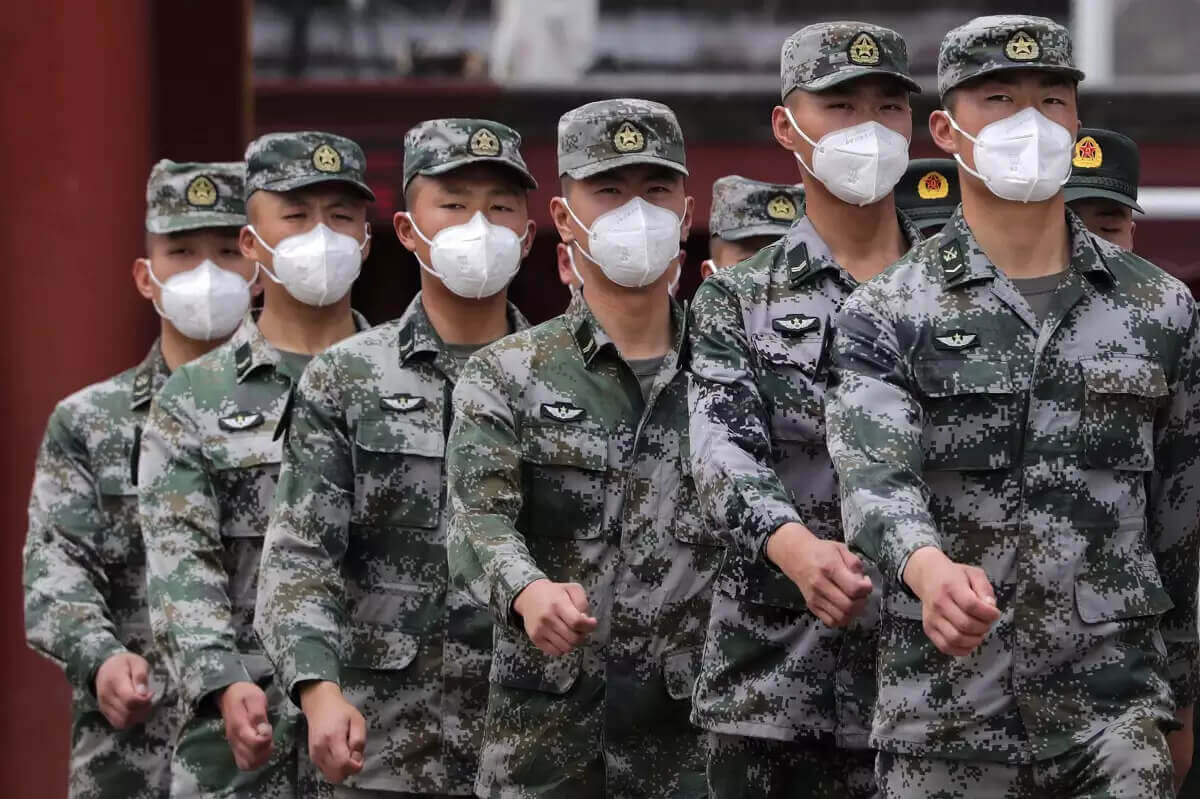Recent satellite imagery shows that China has been constructing another bridge in the disputed Pangong Tso region in eastern Ladakh for the past three weeks. The new construction will be capable of carrying armoured columns and heavier vehicles near the Pangong Tso Lake, allowing the Chinese military to more quickly mobilise troops to its border with India.
The bridge is China’s second in the region and comes as the Ladakh stand-off between the two nuclear-powered neighbours enters its third year.
External Affairs Ministry spokesperson Arindam Bagchi has responded by saying India is monitoring the latest developments. He added, “friction and tensions that arise from China’s deployments since April 2020 cannot be reconciled with a normal relationship between two neighbours,” echoing the words External Affairs Minister S. Jaishankar used following his meeting with his Chinese counterpart Wang Yi in March. He then noted that India will “remain engaged” with China at a diplomatic and military level to work towards conflict resolution.
Continued monitoring of the bridge construction at #PangongTso shows the further development on site, new activity shows a larger bridge being developed parallel to the first. likely in order to support larger/heavier movement over the lake https://t.co/QoI8LimgWu pic.twitter.com/5p4DY4aqmE
— Damien Symon (@detresfa_) May 18, 2022
Sources in India’s defence and security departments told The Print that the first bridge, whose construction began at the end of 2021 and finished last month, is being utilised as a service bridge to help install cranes and bring other construction materials to help construct the second bridge. The new bridge is right next to the first bridge and appears much bigger and wider than the previous one.
Both bridges are part of a series of military infrastructure that Beijing has been building in eastern Ladakh. The sources added that Beijing’s main aim in constructing such infrastructure is to move its heavy armoury vehicles close to the Indian border and have access to multiple routes to counter any possible future operations by the Indian army on the southern banks of the Pangong Tso.
Breaking: #China building ‘bigger, broader’ 2nd bridge at Pangong Tso that can carry armoured columns
— Snehesh Alex Philip (@sneheshphilip) May 18, 2022
First bridge completed in April. Is being used as service bridge to build the new one
More 👇🏼https://t.co/fQzKTAjEJw
In June 2020, border tensions between India and neighbouring China flared up when several troops engaged in stone-pelting and fistfights in Eastern Ladakh and Northern Sikkim. The skirmish resulted in casualties on both sides, including 20 soldiers on the Indian side and over 40 troops on the Chinese side, though Beijing has not officially acknowledged this. According to Army sources, the violence in Ladakh initially began after Chinese troops objected to the presence of their Indian counterparts in the disputed lake area.
Scuffles have broken out at Pangong Tso in 2017 and 2019 as well, though they were not deadly clashes. In August 2017, a video surfaced that showed hundreds of soldiers pelting stones at each other in the area. In September 2019, a similar incident broke out between the two countries’
patrol teams but was resolved in a few hours by a delegation-level meeting in Chushul.
China's PLA is continuing efforts to further cut down mobilization time in the Pangong Tso area. Its border works are making the N & S banks a more consolidated operational area. Those new bridges across the Tso make most sense when seen together with new laterals on the S. Bank.
— Saurav Jha (@SJha1618) May 19, 2022
Since the onset of the conflict, India and China have held 15 rounds of military negotiations to resolve the row over eastern Ladakh. However, they did successfully disengage on the north and south banks of the Pangong lake last year. The 135-kilometre-long landlocked lake is located partly in the Ladakh region and partly in Tibet. China controls two-thirds of the area.
New Delhi has consistently maintained that peace and tranquillity along the Line of Actual Control (LAC) are necessary for the overall stability of bilateral ties. Currently, each side has around 50,000 to 60,000 troops stationed along the LAC.

